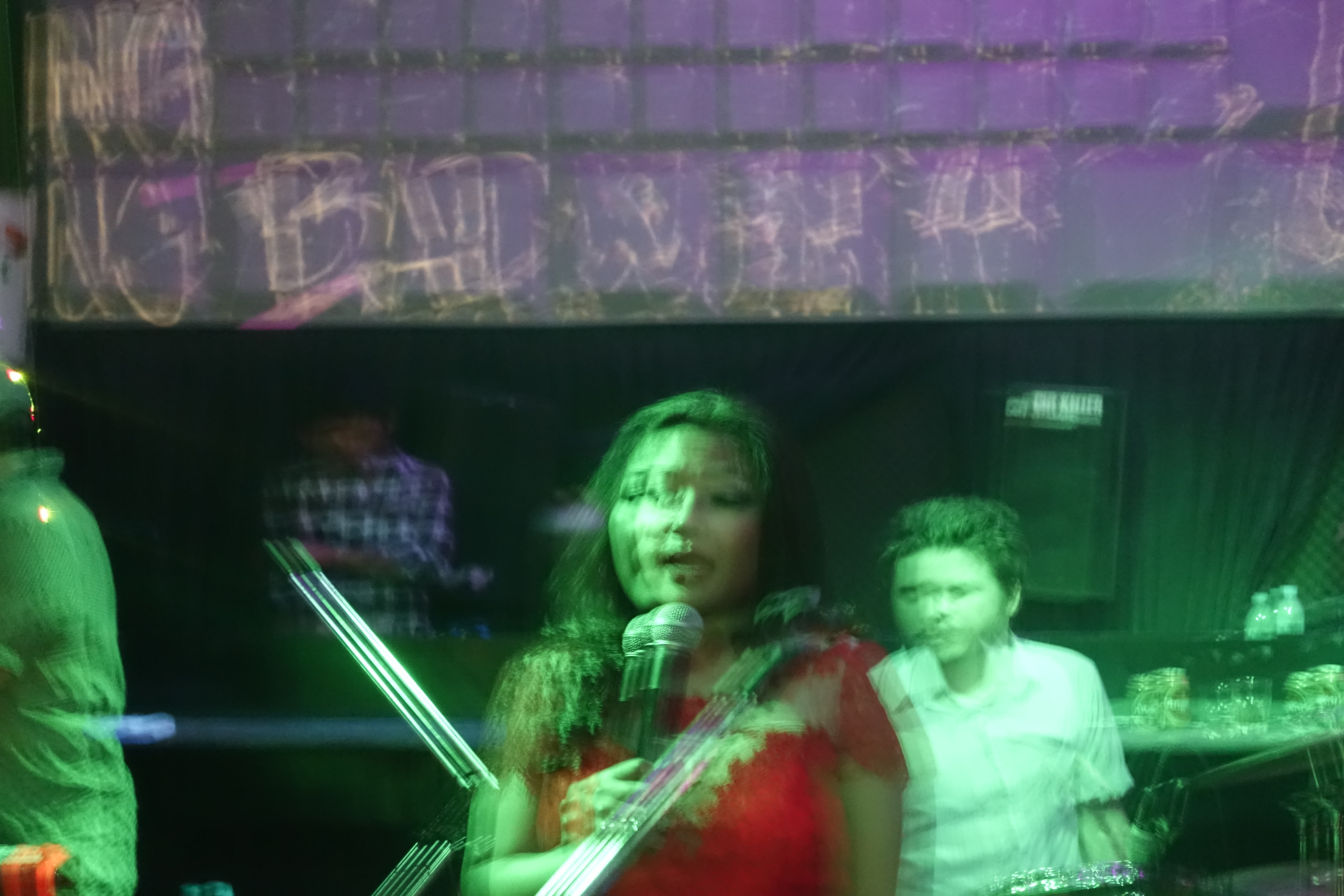Luang Prabang, Laos
The first memorable thing I saw in Cambodia was the body of a motorcyclist, lying helmetless in a pool of blood behind a large truck. Two or three men stood around, motionless. There was nothing to be done.
Ghosts and fever
Phnom Penh was better than I expected. I suppose I was expecting Mandalay, but the Cambodian capital is in decent shape, with some signs of development. It’s sleepy and pleasant, even if most of its major sights — the royal palace, Wat Phnom — feel like lesser versions of similar monuments in Bangkok.
On my last day in Phnom Penh, I visited Tuol Sleng, a high school that the Khmer Rouge turned into a prison. Of the 27,000 inmates who passed through, there were twelve known survivors. The rest were sent to the killing fields, if they survived the torture and starvation inside the prison long enough. Tuol Sleng is just one small piece of the Cambodian genocide — a genocide the nation more or less committed against itself, killing two million people, or a quarter of the population, between the emergence of the Khmer Rouge in 1975 and its defeat by a Vietnamese invasion in 1979.
Later that same night, I stumbled onto a Dengue Fever concert. Dengue Fever is an LA band with a Khmer singer, and they’ve revived Cambodia’s amazing psychedelic rock from the late sixties and early seventies — the years before the genocide. The crowd consisted of just about every white hipster expat in the country, or so it seemed. There were also quite a few Khmers, including my companion, whom I’d met a couple of days before on a Tinder date. She’d never heard of either Dengue Fever or the music they’d brought back to life, but by the end of the concert she was grinning, running up to band members to have her picture taken with them, and declaring, “I love all of them! I love each one of them!”
Special friends and heavy metal pirates
Photos:
The temples of Angkor are famous for a reason. Opened to the public only a few decades ago, they now see more than two million visitors a year. I don’t need to tell you how incredible the temples are, but if you happen to be passing through, make sure you spend time at Bayon, which was my personal favorite. But the temples have their eerie qualities too. They are, after all, the legacy of autocratic military rulers, and their decline the result of a catastrophic series of defeats. There’s something Ozymandian in the many stone faces of the king that gaze down at you from the ramparts of ruined temples long forgotten and overgrown by the jungle. And the haunting Khmer music you often hear drifting through the trees and ruins is played by little bands of landmine victims who sit at the temple entrances and collect a bit of money.
I spent a total of four days at Angkor, the first two with my Khmer “special friend” — her term. On our second morning together, she decided to have bread and butter at the hotel breakfast, and I learned that this was her first time trying it. She had been to the Angkor temples once before, but she had never been out of the country, and once, as a plane flew overhead, she pointed to it and declared that any Cambodian who rides on one is very, very lucky. She makes more than three times the national average income as an au pair for a foreign family, but the national average income is around a thousand dollars a year. She went to school through seventh grade. Not too long ago, she was bitten by a snake. My Khmer special friend isn’t the first person I’ve dated in my travels, or the first local. But never before have I felt so acutely the gap in opportunity between myself and the person I was was with.
The remainder of my non-temple time I spent hanging around a weird little pirate-themed heavy metal bar for expats, well away from Siem Reap’s gruesome Pub Street. I’d met an Australian expat who’d become the bar’s manager — the owner is French — and I found myself sitting with the kind of expat who is happy to have discovered a place where he or she can drink more or less at will and not be bothered. I did meet a music producer who happened to have been responsible for the Dengue Fever visit, but many of the other expats seemed just to be lost, or hiding out, or running away from something.
All in all, despite the wonders of the temples and the pleasure of connecting with my special friend, Cambodia left me off-balance and shaken. After a brief eight days — my shortest visit to any country on this trip so far — I was ready to leave.

